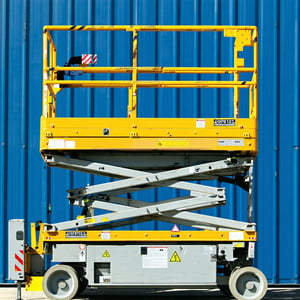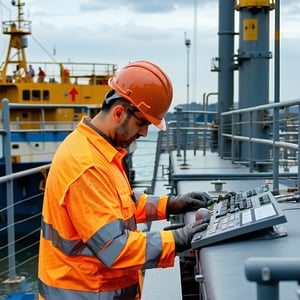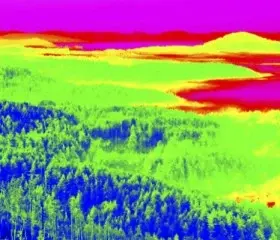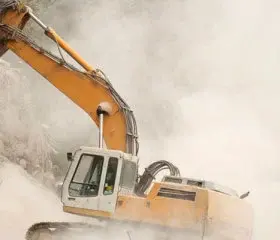/513628781-1600x400.jpg?width=300&name=513628781-1600x400.jpg)
SIMPLE GUIDELINES FOR ELEVATED WORK PLATFORMS
When you work on elevated platforms, your risk is dramatically increased should anything go awry, due to the increased distance to the ground. As the hazard of the height cannot be removed, we must take steps to limit the impact it has.
The guide is designed to help you ensure that this work does not endanger the safety of your people who use them.
What is an elevated work platform?
Elevated work platforms (EWPs) are a telescoping, scissors or other device used to position people, equipment and materials above the ground.
Specify the standard you expect
When purchasing or hiring EWPs, include specifications such as type, load capacity, intended use, and all relevant Australian standards.
Defective maintenance can catch you out
Be sure that qualified personnel maintain all EWPS on a regularly basis. This maintenance schedule should include the mechanical, electrical, and hydraulic systems.
It is advised that operations personnel carry out weekly and pre-start inspections of EWPs.
EWPs should be inspected, maintained and operated in one of these scenarios:
- In accordance with the manufacturer or designer’s written instructions
- If it’s not practicable to obtain those instructions (e.g. they are lost or the machine didn’t come with the instructions), in accordance with written instructions approved by the appropriate authority
- If it’s not practicable to get either the manufacturer or designer’s instructions or written instructions approved by the authority, in accordance with the relevant Australian Standards (i.e. AS/NZ2550.1 and AS/NZ1418.1 and parts of AS/NZ2550.10 and AS/NZ1418.10)
Who can operate the platforms?
Only trained and qualified personnel should operate EWPs. Retraining should be conducted as required to maintain standards.
Operation of EWPs
When transporting EWPs to work sites, personnel should ensure that all parts and items are properly secured.
The positioning of EWPs for operation should be done with consideration to the following:
- Type of surface (firm, loose, etc.)
- Slope
- Excavations and embankments
- Wind and other weather conditions
- Position of obstructions and hazards (e.g. overhead power lines and structures)
- Ventilations (if operating indoors)
- Any other potential hazard to operating personnel and others in the vicinity
Any operation of EWPs near power lines should be the subject of a work permit.
Work instructions should be prepared, issued and maintained for the operation of EWPs. This should include:
- Use of personal protective equipment, including harnesses
- Entry and exit of the work box
- Hazards to personnel working below
- Warning signs
- Special precautions for work in public areas.
Download Your Free Checklist PDF
Get instant access to our expert-designed checklist to help you. Simply fill out the form below to download your copy.Want Confidence Your Systems Are Working?
Explore our auditing services to identify gaps, strengthen controls, and improve safety performance.SIMILAR READINGS

3 min read
3 min read
Australia's great outdoors presents many environmental...

3 min read
3 min read
Discover the ergonomic risks faced in the workplace, how to...
Read More
2 min read
2 min read
Contractors and their skills are a valuable addition to the...
Read More
2 min read
2 min read
Keep staff required to work in confined spaces safe with...
